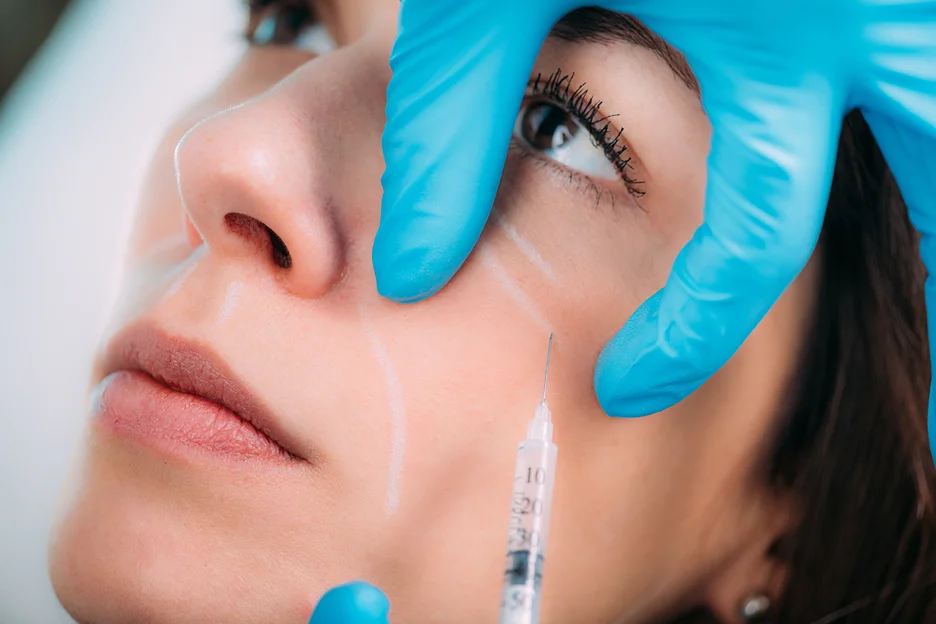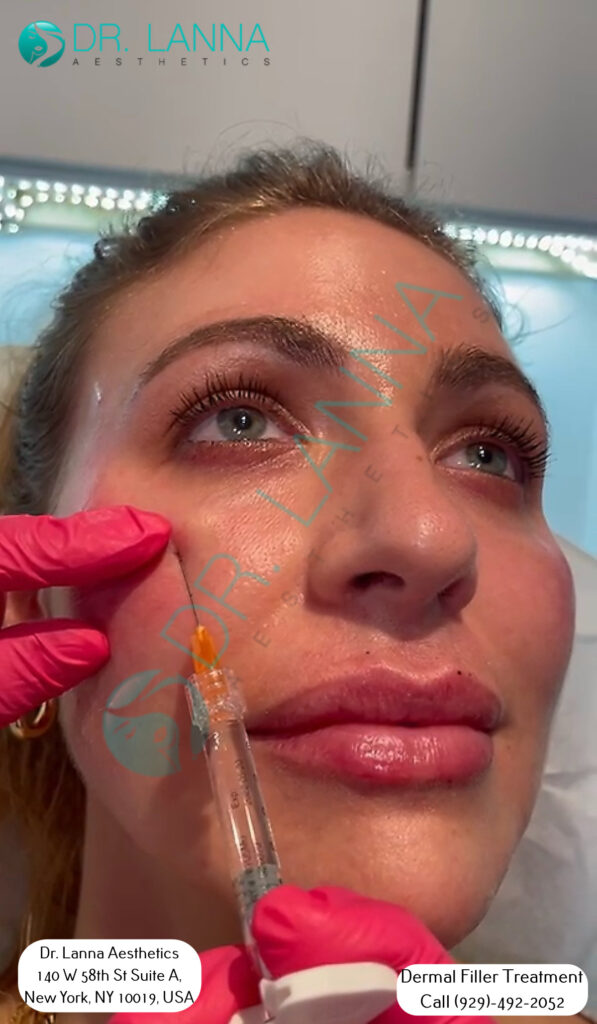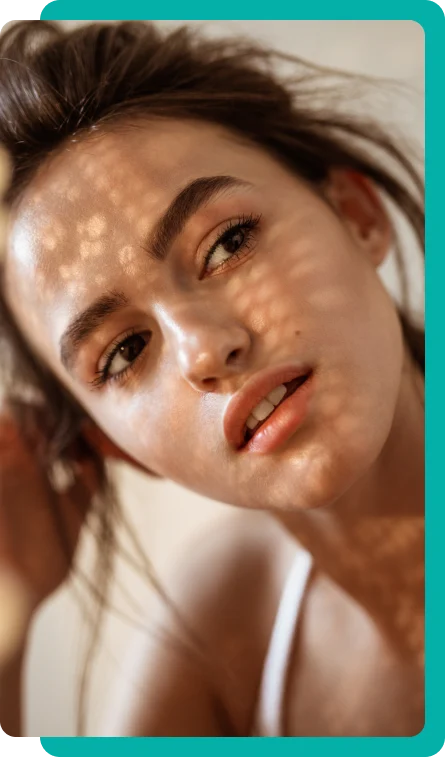Advances in medical and cosmetic science have thankfully made dermal filler complications a rarity for any patient: but the worry (or the risk) never entirely goes away. One particular area of concern that a patient may have about the results of cheek filler injection is bruising in the treated area.
Is bruising after cheek filler injection something to be worried about? Bruising after dermal filler injection (especially in the cheeks) is a common side-effect of filler injections. Although for the vast majority of cases, they're not something to be overly worried about. Fortunately, there are a couple of things a patient can do to prevent bruising altogether.
You may be wondering why filler treatment still has you experience bruising - after all, one of the primary benefits of going for facial filler over plastic surgery is that the side effects are less noticeable.
All facial fillers are injected underneath the surface of the skin, so that means the needle has to make it past all the different layers of the skin during your dermal filler injection. But since every person's facial anatomy is different, injectors can only avoid major bruises - it's still possible to hit a blood vessel or muscle group during injections.
Since your skin isn't used to things penetrating its outer layer, it starts bruising and swelling as a response. This is particularly noticeable for cosmetic injections, especially for lip fillers, cheek fillers, and other similar sites for injectable treatment.
But we've already said that the vast majority of bruising from facial filler injections is nothing to worry about - but why exactly is this the case? Here are a few things that can help ease your mind:
Dermal fillers are backed by years of research, development, and testing - and as a result, they're extremely safe to use for cosmetic treatments. You can even choose from different types of injectable filler for different facial injections, each with its own effects and benefits to help reduce/recover from side effects.
While it's true that not everyone has the same facial anatomy, an experienced and skilled injector will know how to compensate for these differences when using injectables. That's why a plastic surgeon is one of the best possible cosmetic professionals you can go to for dermal filler injections, especially for cheek filler.
The treatment area for facial fillers isn't that different from anti-wrinkle injections in size - which means that there's less risk of you getting those widespread bruises that can be a cause for concern. There are even ways that your injector can help limit the likelihood of these things happening.

While bruises are a common side-effect of dermal filler treatments, that doesn't mean that every filler injection will always come with bruises. There are some things that you as a patient and your provider can do to help reduce/manage the bruising and swelling after your cheek filler - and in some cases, avoid it altogether.
NSAIDs (non-steroidal anti-inflammatory) medicines can cause an increased risk of bruising after your cheek filler injections. That's because they work by reducing your blood flow in such a way that clots don't occur that frequently.
This can be an issue because as we've previously mentioned, dermal filler treatments cause breaks in the skin, which your body tries to heal as fast as possible. NSAIDs and their effect on your blood flow slow down this process, making you more likely to bruise after your injections.
NSAIDs include:
Similar medications also include blood thinners like warfarin or heparin. If you're on these medications, inform your cosmetic provider and consult a doctor before going through with cheek filler treatment.
A good way to manage any bruising after cheek filler treatment is by using cold therapy in the treatment area. It's an easy form of first-aid that anyone can carry out at home, or immediately after your treatment.
Cold therapy works by slowing down the blood flow in the treated area, which limits the amount of blood that leaks outside your blood vessels. This helps reduce the overall swelling, and may even help the injected filler settle in place.
Here are a few tips that can help:
Remember to ask your provider for specific recommendations on how to go about your cold therapy: they may have different ideas or suggestions on how to do it.
One option you can consider for cheek filler is to ask whether your provider can use a microcannula instead of a traditional hypodermic needle for your treatment. Cannulas are basically blunt needles, which reduce the risk of any puncturing to your blood vessels during your treatment.
What happens during cheek filler treatments with cannula use is a small incision is made in the treatment area. The blunt tip cannula is inserted using this incision, and gently “nudges” tissue, fat, and skin away till it gets to the layer where your filler will be deposited.
Blunt-cannula use can also:
Take note that cannula use requires special training and certification - so check with your provider if they have the qualifications necessary to administer cheek filler treatments with this method.

Cheek filler treatments and bruising aren't the easiest duos to predict: a patient may experience visible bruises that last for a while, and others may not bruise at all. Whatever the case, having an experienced cosmetic injector can help you weather any bruising and side effects from your dermal filler treatment.
Dr. Lanna has plenty of experience with helping patients with their dermal filler injections and other cosmetic concerns, providing them with the results that they want with top-quality treatments. To learn more about how we can help you with dermal fillers and other types of treatments, book an appointment with us today.

New Patients Enjoy $100 OFF on Tox or Filler Appointments!
*minimum 1 full syringe or minimum 25 units; Cannot be combined
